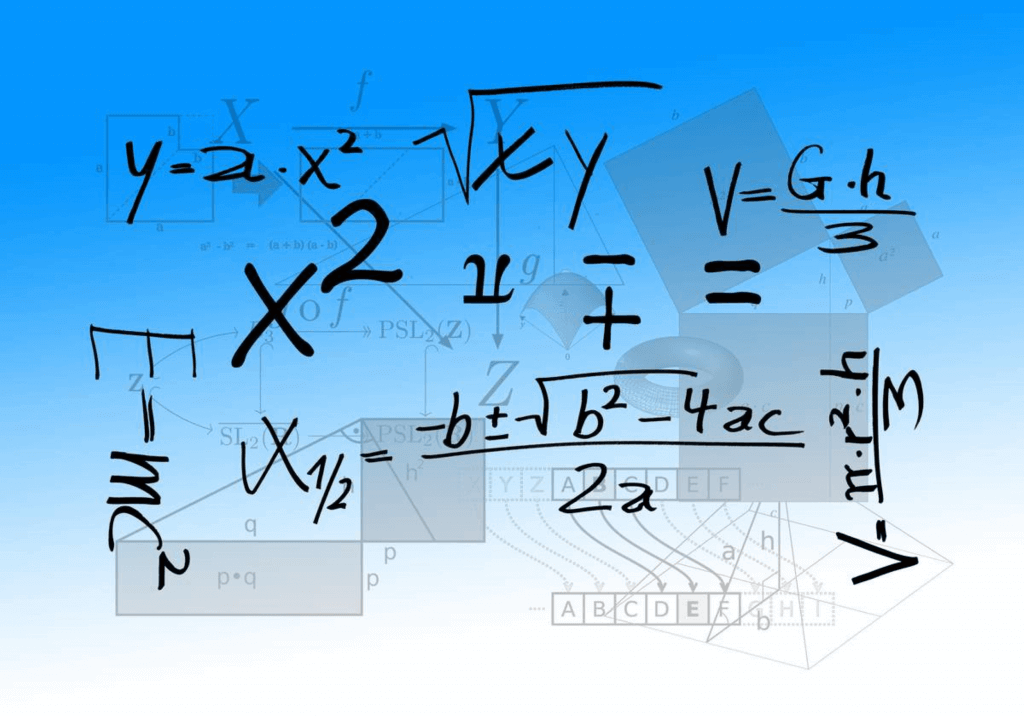"e" Day
"e" Day is observed next on Saturday, February 7th, 2026 (65 days from today).

The constant e, aka Euler's number, has a value of 2.7182818... is indeed a significant constant in mathematics as well as science. In countries with a month/day format that celebrated February 7 as E Day to improve understanding of the constant e. Compared with well-known numbers in mathematics such as pi, prime numbers, perfect numbers or the golden ratio, the constant e appeared last, from the 17th century.
Origin of E.
To understand e, we start from understanding the concept of logarithms as follows: 2^3 denotes the product of 3 2s, that is, 2^3 = 2 × 2 × 2 = 8. Here there are numbers 2, 3 and 8. Logarithms are defined 28 = 3. In the logarithmic expression, if 2 is replaced by a constant e, it is called the natural logarithm, and if it is replaced by 10, it is called the decimal logarithm.
In 1618, a work was published to synthesize the logarithmic studies of John Napier (1550 - 1617), a Scottish mathematician, physicist, astronomer, and astrologer. The appendix to the book is a table of the natural logarithms of many numbers. Some mathematicians of the time believe that this table of numbers was created by the English mathematician William Oughtred (1575 - 1660), because he was the first to use the logarithmic ruler to perform multiplication and division directly about logarithms. However, this is the first work written on the constant e, although the symbol e has not been used in this work. Napier, in some of his works often signed the name Neper. Therefore, to this day, the natural logarithm is often called the Neper logarithm. A long time before hand-held computers became commonplace, the logarithmic table was widely used, as a dictionary for generations of students and scientists.
In 1683, the Swiss mathematician Jacob Bernoulli (1654-1705) discovered the relationship of the constant e when learning about compound interest: If we initially have 100 dong and the interest rate is 100%, then after one we get 200 dong a year. If we withdraw after 6 months, we now have 150 dong, if we deposit again, we will have 225 dong at the end of the year, and this is called compound interest. If you deposit compound interest quarterly, monthly, weekly, or daily, the amount (rounded) at the end of the year is: 244, 261, 269, and 271 dong, respectively. The more the deposit time is broken down, the closer the ratio of the proceeds divided to the initial capital is to the constant e of 2.7182818...
The knowledge about the constant e is studied by many scientists. In 1736, Leonhard Euler (1707-1783), a Swiss mathematician and physicist, introduced the symbol e in one of his books. Also in it, he gives some interesting results about e such as: e = 1 1/1! 1/2! 1/3! ... (With the symbol n! being the product of counts from 1 to n) and some inter-fractional form of e. Since then, this notation was gradually used and recognized as it is today.
It has been proven that e is an irrational number (that is, a non-recurring infinite decimal). Like the constant pi, one also tries to write as long as possible the sequence of digits of e. Euler found 18 decimal digits of e in 1748. By 1946 they had found 808 digits. Currently, this is over 100 billion digits of e.
The constant e comes from the natural logarithm. To date, its relevance has been found in many fields such as probability theory, limits, functions, differential and integral operations, number theory, complex numbers... and also in physics. , chemistry, astronomy... in the relationships between quantities in reality. Therefore, although the number of e is no longer a mystery, there are still many interesting things to discover.
How to hold E Day
To celebrate E day, learn more interesting facts surrounding this mysterious constant. Or join your friends to learn more about the formula for the constant E. Share your understanding of the constant E with the hashtag #EDay.
Observed
"e" Day has been observed annually on February 7th.Dates
Wednesday, February 7th, 2024
Friday, February 7th, 2025
Saturday, February 7th, 2026
Sunday, February 7th, 2027
Monday, February 7th, 2028


